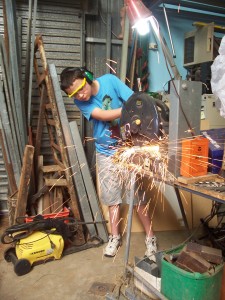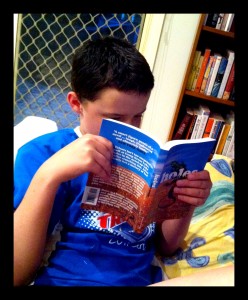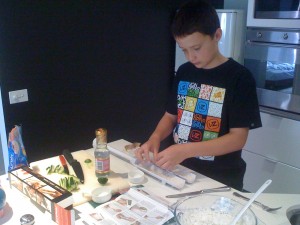Photos by author
I have recently been immersed in a wide range of activities learning about curriculum, pedagogy and technology in schools. As a consequence I am attempting to write a series of related blog posts. Yesterday I wrote about IT Infrastructure. Today I’m writing about pedagogy with a focus on research by Kalantzis and Cope, as seen in their New Learning website.
I don’t have a single pedagogical model to call my own. I am deeply cynical and resent prescribed models dictating a single way of teaching, yet this week I had to present on 21st Century Fluencies because this is a the model I’ve been training teachers in PD sessions at my school, as part of my role on the Innovative Learning Team. Solution Fluency is just one style of Project Based Learning (PBL) and PBL is just one pedagogical practice. What I like about PBL is its focus on process as much or more than the product.
I believe teaching should be a balance of a whole variety of methods and be flexible according to circumstances, with circumstances being anything from the students themselves to the weather.
Kalantzis and Cope (2012, p.86) describe today’s typical learning environment accurately, “We have in our classes today a generation of young people who will be bored and frustrated by learning environments that fail to engage every fiber of their intellectual and active capabilities”.
I hence also like how Kalantzis and Cope (2012, p.84) advocate for traditional teaching “to be replaced by new notions of ‘learning design’”. In some ways planning for learning is my favourite part of teaching because Plan A is for a perfect world where students behave according to expectations and technology works as it should and I’m excited for its potential. It is then a case of Plan B, Plan C and so on as all the possible variables come into play. Plan A generally focuses on “addressing the big questions” (p.84), much in line with the programming model my school follows, Understanding by Design, not that I think this needs to be followed strictly either.
I would love to see schools that Kalantzis and Cope (2012) call “sites of energetic intellectual inquiry and practical solution development” (p.86) and my previous school was trying to do this but at the expense of other aspects of education, such as nurturing students. I think this community centre of thinking is almost science fiction idealism but I dream.
Back to class, I like students to be active in their learning, meaning I am student centred in my pedagogy. I’m not so fond of the term student-directed because I believe, in the main, students still need to be provided with direction, although there should be a place for passion projects. This why I’m against open-plan learning but support flexible learning spaces so that learning can occur at a cohort level, large groups, classes, small groups, triplets, pairs or alone.
Technology must have a role in Australian education because it is so integrated into our daily lives and is engaging for students. It also allows for a wider audience and collaborators outside textbooks, schools and teachers’ own knowledge. Thus learning is more connected to reality. Students therefore need to be literate and discerning with technology.
My pedagogical model is a mixed bag but my motto, Keeping it Real, is what’s closest to my heart.
Kalantzis, M. & Cope, B. (2012) New learning: a charter for change in education, Critical Studies in Education, 53:1, pp.83-94




